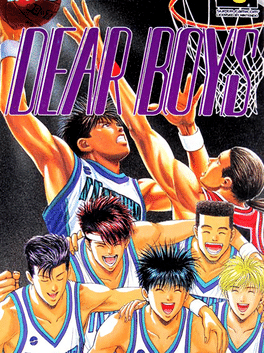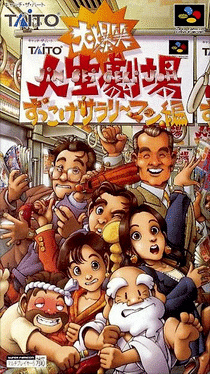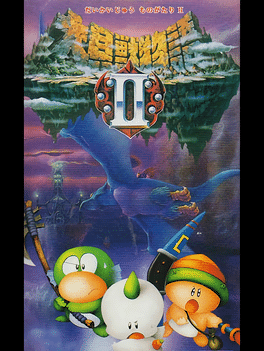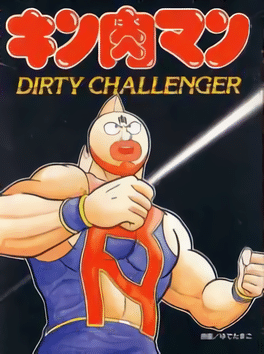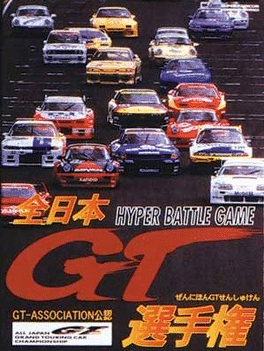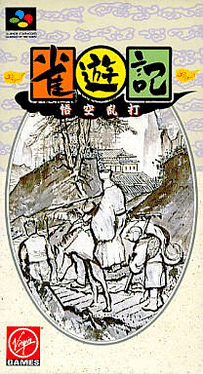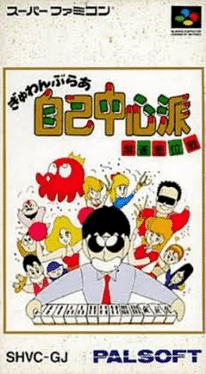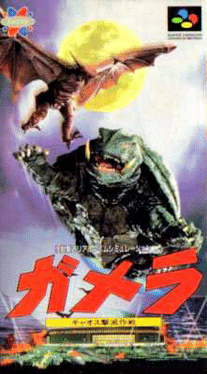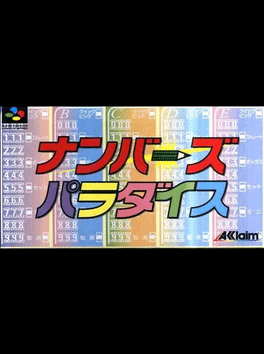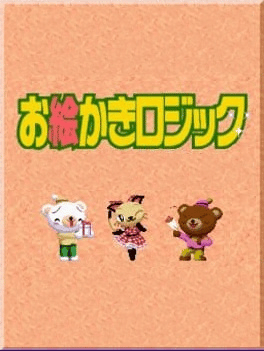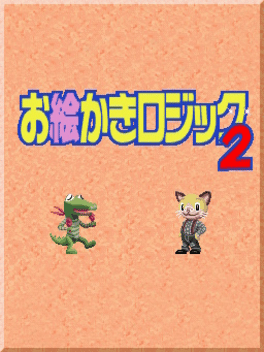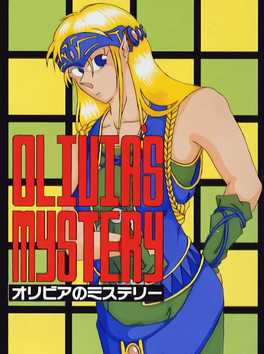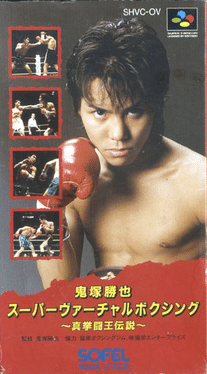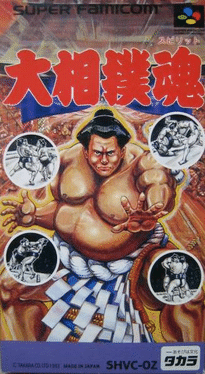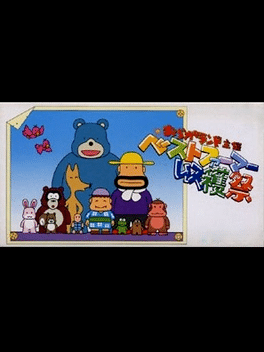Most Popular Super Famicom Games - Page 13
-
Best Shot Pro Golf
1996
Best Shot Pro Golf
1996
Best Shot Pro Golf is a Sports game, developed by Kid and published by ASCII Entertainment, which was released in Japan in 1996. -
Daisenryaku Expert
1992
Daisenryaku Expert
1992
Daisenryaku Expert is a Strategy game, developed by SystemSoft and published by ASCII Entertainment, which was released in Japan in 1992. -
Daisenryaku Expert WWII: War in Europe
1996
Daisenryaku Expert WWII: War in Europe is a Strategy game, developed by SystemSoft and published by ASCII Entertainment, which was released in Japan in 1996. -
Dear Boys
1994
Dear Boys
1994
Dear Boys is a Sports game, developed by Kan's and published by Yutaka, which was released in Japan in 1994. -
Dekitate High School
1995
Dekitate High School
1995
Dekitate High School is a Super Famicom video game that was released to an exclusively Japanese market in 1995 and was considered to be the first "high school simulation" video game to be released for the Super Famicom. Famed Japanese illustrator Nishiki Yoshimune would draw the cover art for the game while the actual character design was done by the in-house staff at C-Lab. The game involves going through a day of high school in Japan as a teacher while managing a star pupil to good grades and popularity. Players can even build their own high schools for the purpose of gameplay, making this game similar to SimCity. A massive amount of yen is given at the start; so players can assign all the classes and even create yards of grass for students to loiter in between classes. Socializing with an assigned student will be more than just teaching her kanji and arithmetic lessons. Menus and multiple choices are used to get through the game with a first-person perspective. -
Daibakushou: Jinsei Gekijoh - Zukkoke Salaryman-hen
1995
Daibakushou: Jinsei Gekijoh - Zukkoke Salaryman-hen is a Miscellaneous game, developed by Act Japan and published by Taito Corporation, which was released in Japan in 1995. -
Daikaijuu Monogatari II
1996
Daikaijuu Monogatari II is a role-playing video game developed by Birthday and published by Hudson Soft for Super Famicom, in August 1996 in Japan. The game is a sequel of Daikaijuu Monogatari. -
Kinnikuman: Dirty Challenger
1992
Kinnikuman: Dirty Challenger is a wrestling game published by Yutaka and developed by an unknown developer-for-hire. It is based on the Kinnikuman license, known in the west as Ultimate Muscle. The player can select between six wrestlers in the single player story mode with an additional two secret characters to unlock for the multiplayer versus mode. -
Zen-Nihon GT Senshuken
1995
Zen-Nihon GT Senshuken is a racing game published by Banpresto and Kaneko, and is part of Kaneko's All-Japan Grand Touring Car Championship series based on the real-life circuit. The game rapidly switches angles depending on the direction the player is driving, often moving between horizontal, vertical and diagonal perspectives. -
Janyuuki Goku Randa
1995
Janyuuki Goku Randa
1995
Janyuuki Goku Randa is a Miscellaneous game, published by Virgin Interactive, which was released in Japan in 1995. -
Gambler Jiko Chuushinha: Mahjong Kouisen
1992
Gambler Jiko Chuushinha: Mahjong Kouisen is a Miscellaneous game, developed by Bits Laboratory and published by PalSoft, which was released in Japan in 1992. -
Gamera: Gyaos Gekimetsu Sakusen
1995
Gamera: Gyaos Gekimetsu Sakusen is a Strategy game, developed by Axes Art Amuse and published by Sammy Studios, which was released in Japan in 1995. -
Numbers Paradise
1996
Numbers Paradise
1996
Numbers Paradise is a Miscellaneous game, developed by ISCO and published by Acclaim Japan, which was released in Japan in 1996. -
Oda Nobunaga: Haou no Gundan
1993
Oda Nobunaga: Haou no Gundan is a Strategy game, developed by TOSE and published by Angel (Bandai), which was released in Japan in 1993. -
Oekaki Logic
1999
Oekaki Logic
1999
Oekaki Logic is a Puzzle game, published by Sekaibunka Publishing, Inc., which was released in Japan in 1999. -
Oekaki Logic 2
1999
Oekaki Logic 2
1999
Oekaki Logic 2 is a Puzzle game, published by Sekaibunka Publishing, Inc., which was released in Japan in 1999. -
Olivia's Mystery
1994
Olivia's Mystery
1994
Olivia's Mystery is a Puzzle game, published by Altron, which was released in Japan in 1994. -
Onizuka Katsuya Super Virtual Boxing: Shin Kentou-ou Densetsu
1993
Onizuka Katsuya Super Virtual Boxing ~Shin Kentou Ou Densetsu~ is a boxing video game, developed by Sting Entertainment and published by SOFEL, which was released exclusively in Japan in 1993. It was licensed and endorsed by Katsuya Onizuka, a former WBA Super Flyweight champion. -
Oozumou Tamashii
1992
Oozumou Tamashii
1992
Oozumou Tamashii is a Sports game, developed by Sun L and published by Takara, which was released in Japan in 1992. -
Oraga Land Shusai: Best Farmer Shuukaku-Sai
1995
Oraga Land Shusai: Best Farmer Shuukaku-Sai is an Action game, developed by Graphic Research and published by Vic Tokai, which was released in Japan in 1995.



